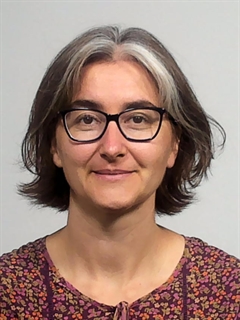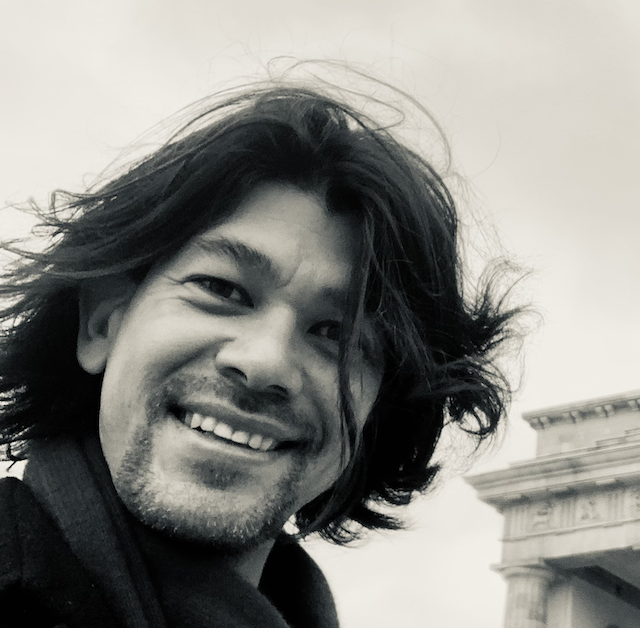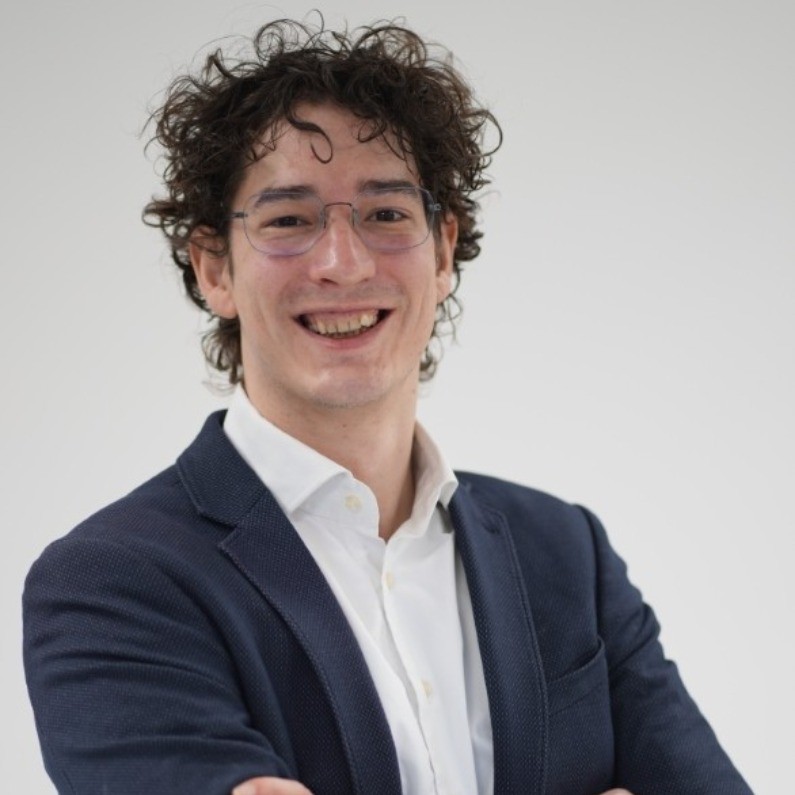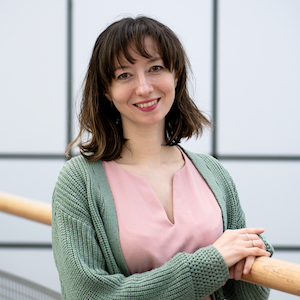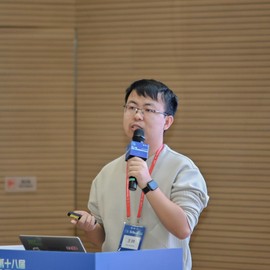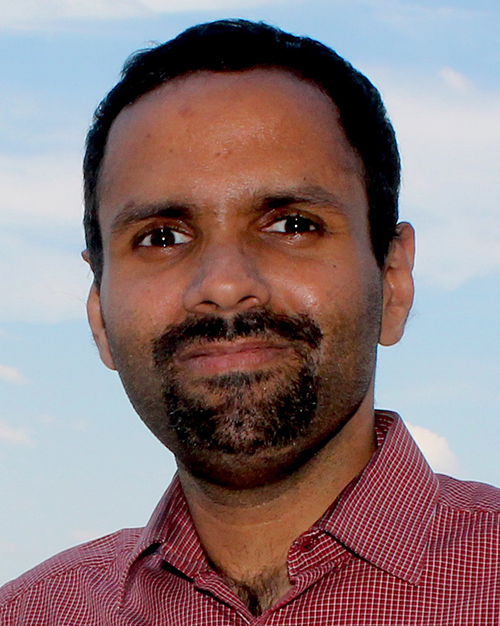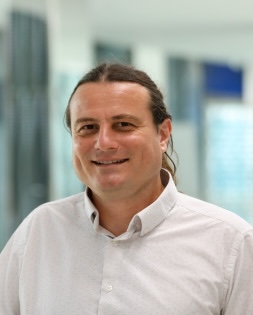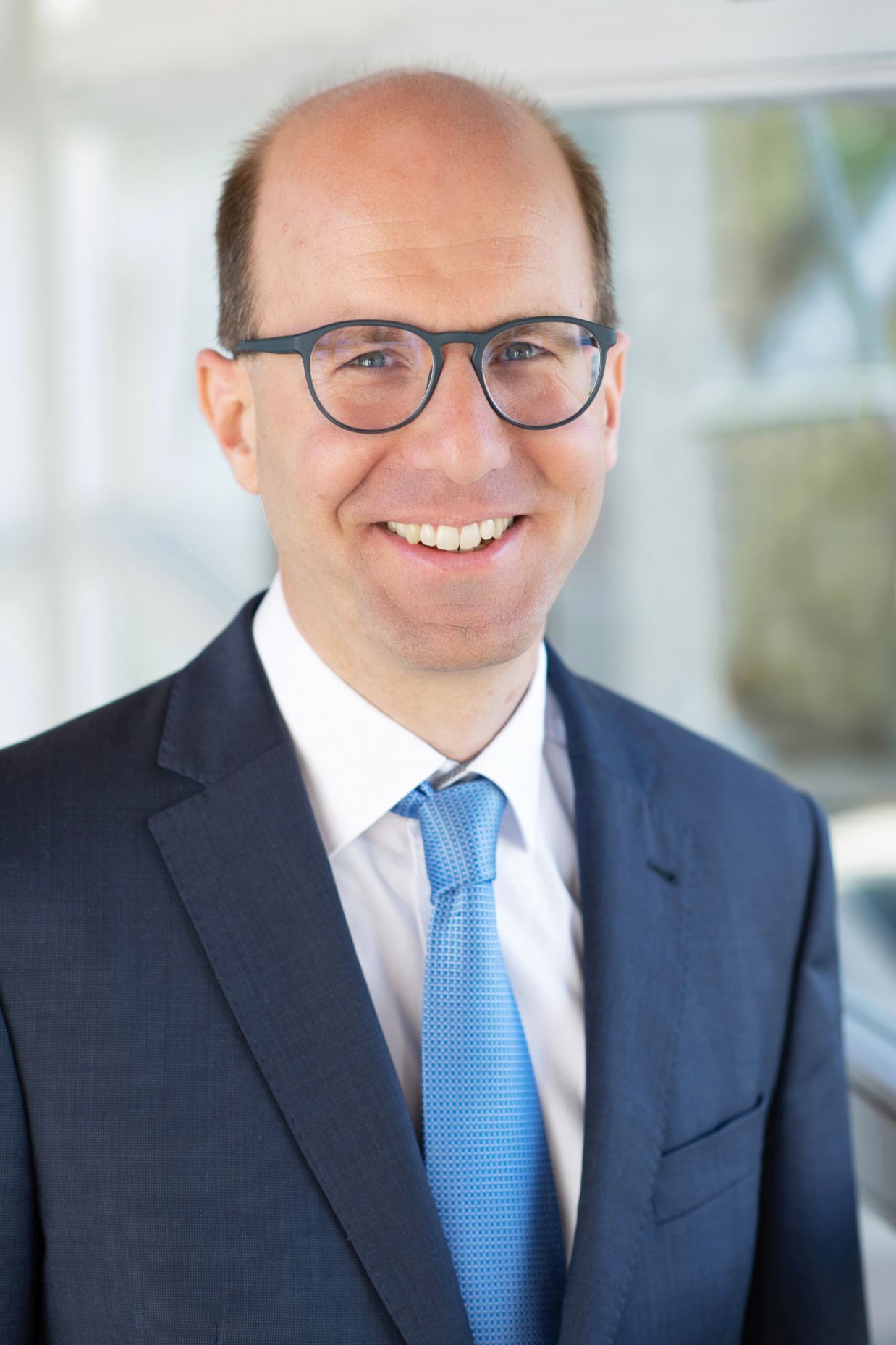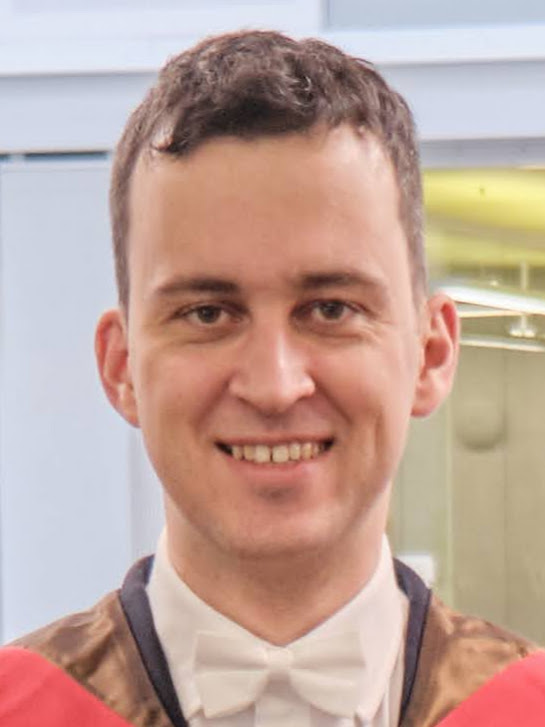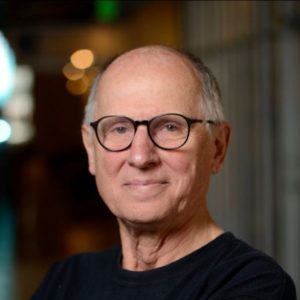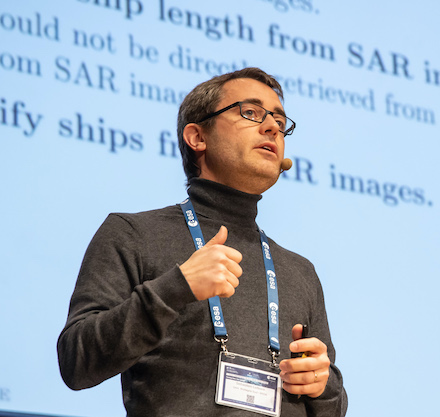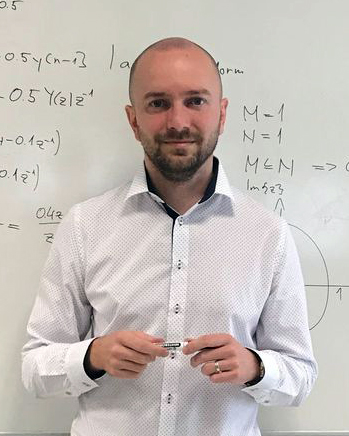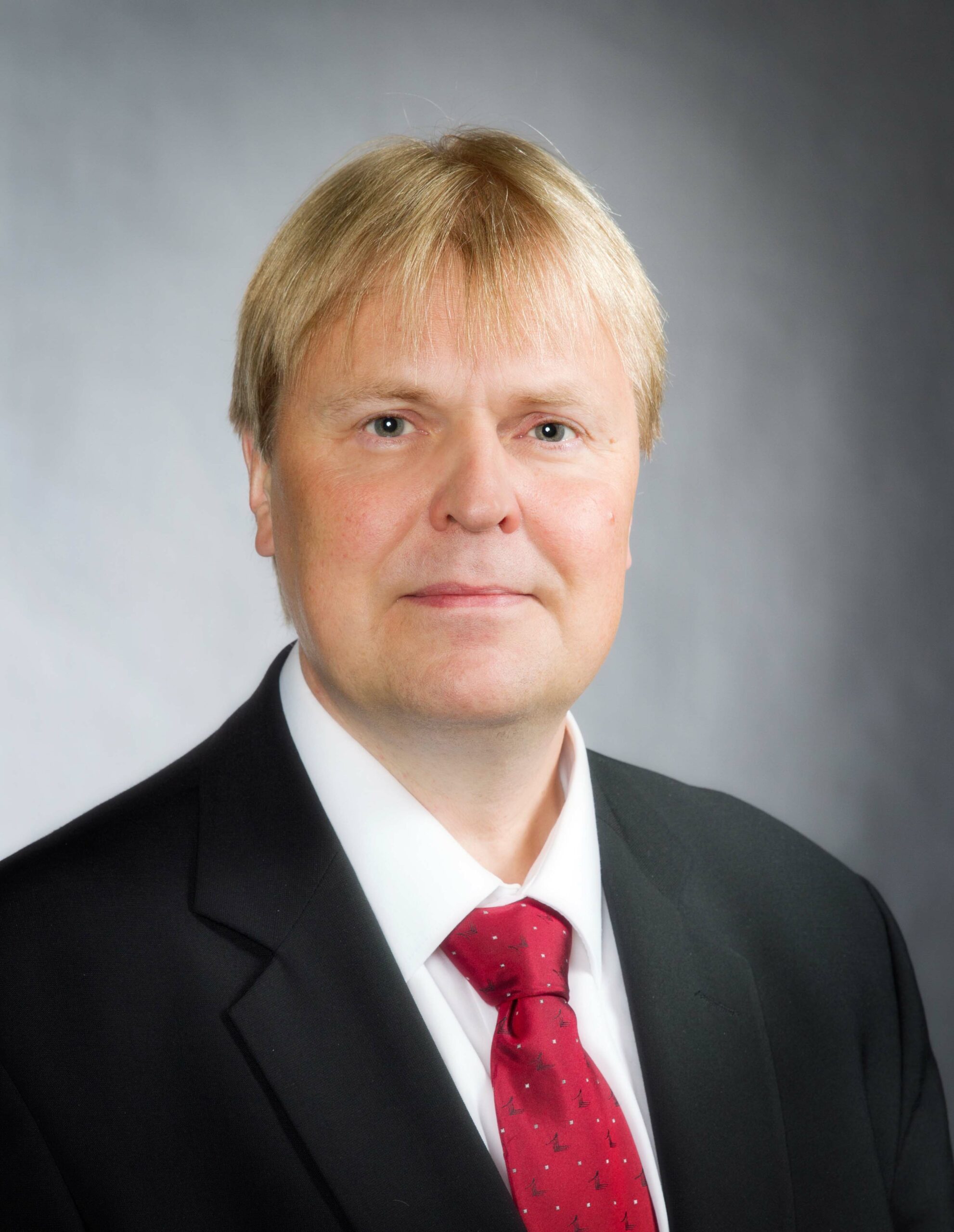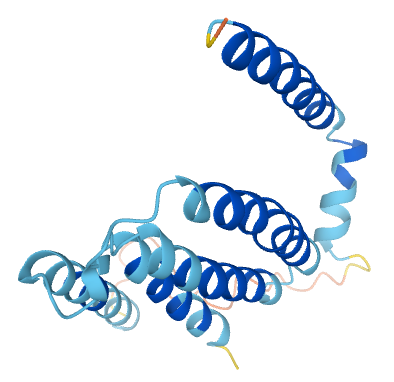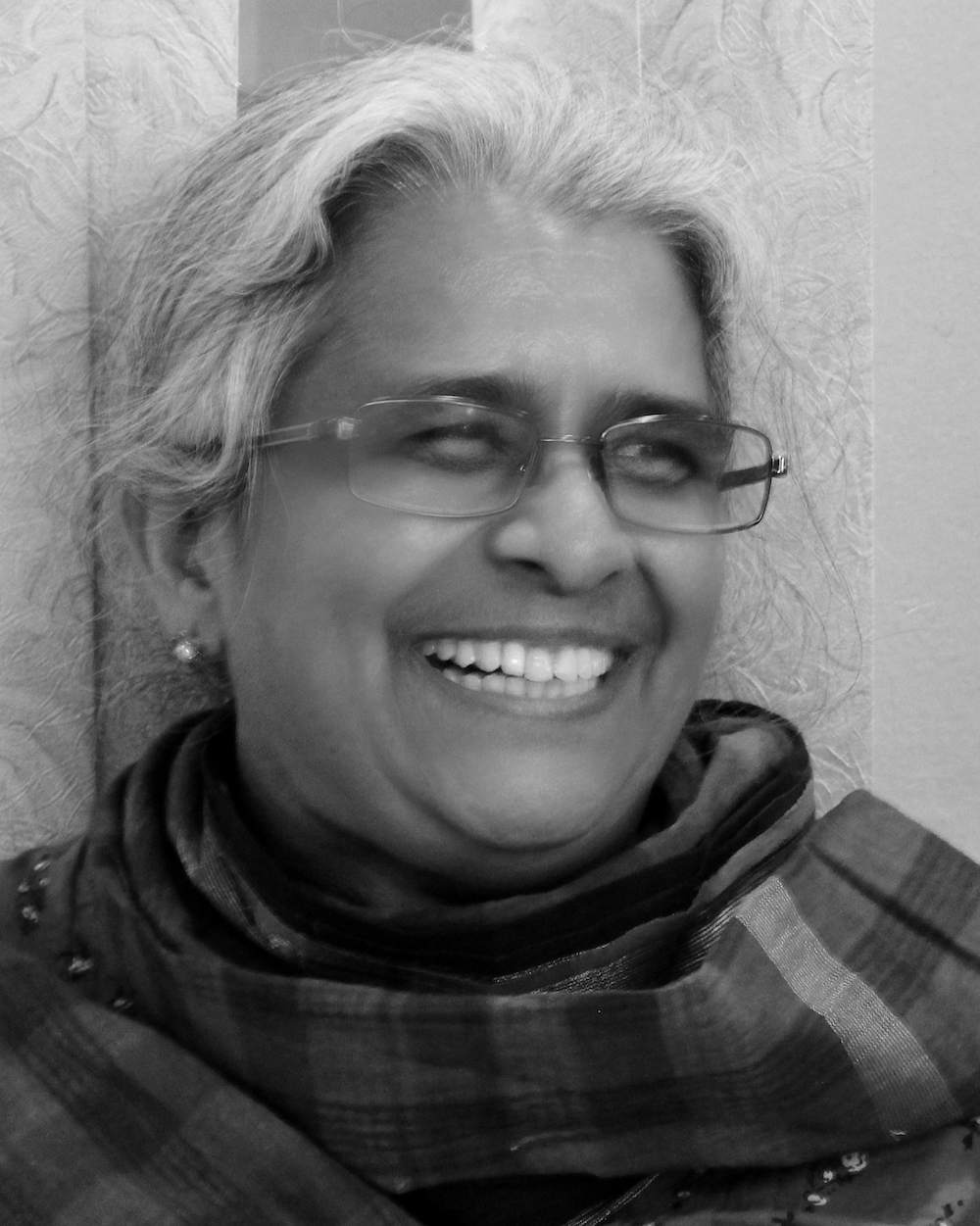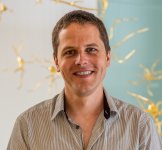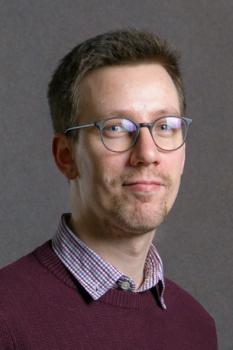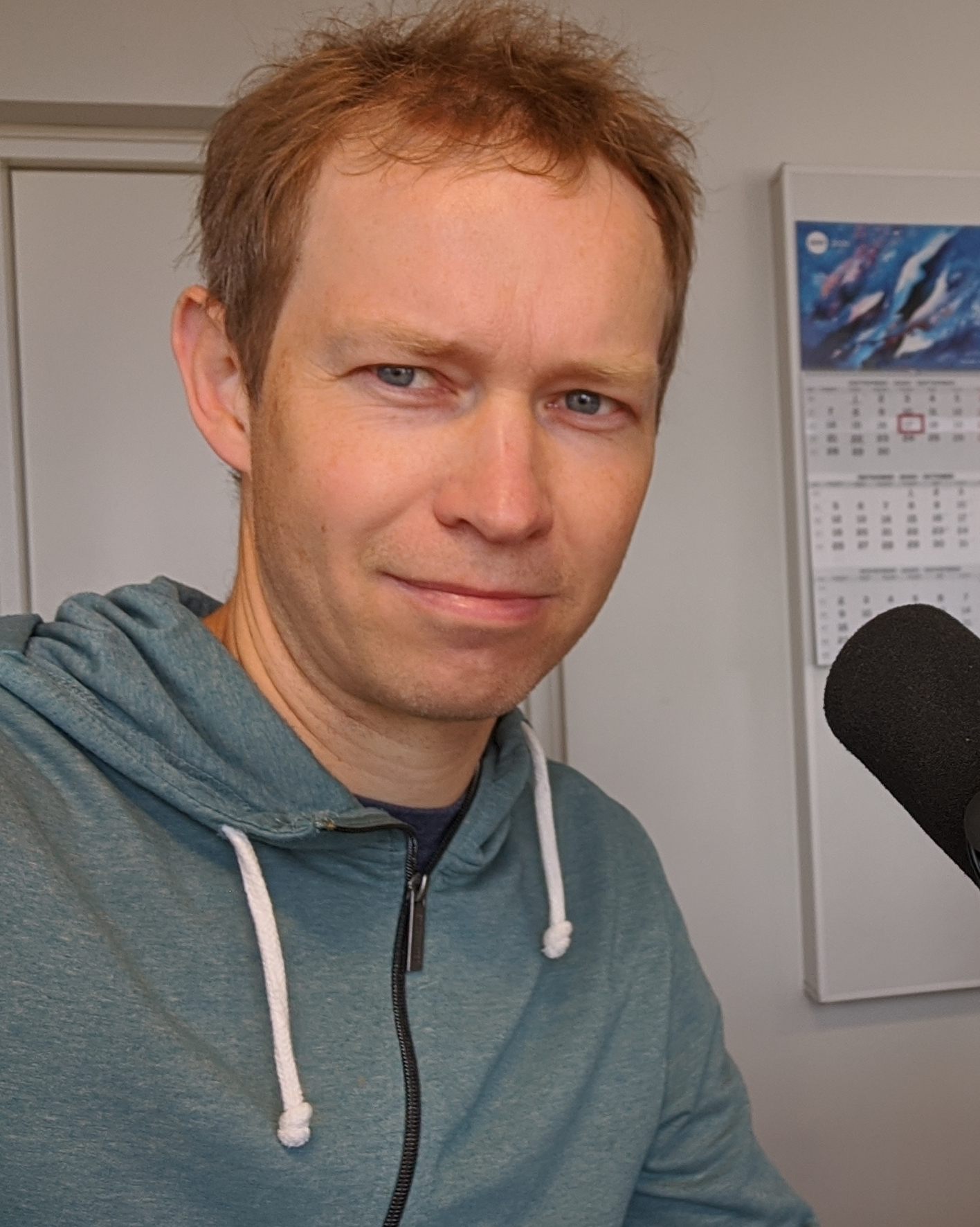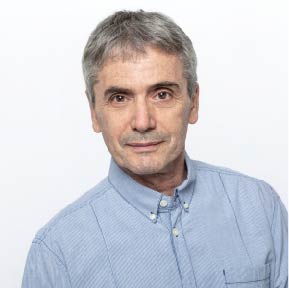 András Lőrincz, a professor and senior researcher, has been teaching at the Faculty of Informatics at Eötvös University, Budapest since 1998. His research focuses on human-machine interaction and their applications in neurobiological and cognitive modeling, as well as medicine. He has founded the Neural Information Processing Group of Eötvös University and he directs a multidisciplinary team of mathematicians, programmers, computer scientists and physicists. He has acted as the PI of several successful international projects in collaboration with Panasonic, Honda Future Technology Research and the Information Directorate of the US Air Force, Robert Bosch, Ltd. Hungary, among others. He took part in several EU Framework Program projects.
András Lőrincz, a professor and senior researcher, has been teaching at the Faculty of Informatics at Eötvös University, Budapest since 1998. His research focuses on human-machine interaction and their applications in neurobiological and cognitive modeling, as well as medicine. He has founded the Neural Information Processing Group of Eötvös University and he directs a multidisciplinary team of mathematicians, programmers, computer scientists and physicists. He has acted as the PI of several successful international projects in collaboration with Panasonic, Honda Future Technology Research and the Information Directorate of the US Air Force, Robert Bosch, Ltd. Hungary, among others. He took part in several EU Framework Program projects.
He is a habilitated professor at the University of Szeged (1998) on laser physics and habilitated in the field of Informatics at the Eötvös Loránd University in 2008. He conducted research and taught quantum control, photoacoustics and artificial intelligence at the Hungarian Academy of Sciences, University of Chicago, Brown University, Princeton University, the Illinois Institute of Technology, University of Szeged, and Eötvös Loránd University. He authored about 300 peer reviewed scientific publications.
He has become an elected Fellow of the European Coordinating Committee for Artificial Intelligence (EurAI) for his pioneering work in the field of artificial intelligence in 2006. He has received the Innovative Researcher Prize of the University in 2009 and in 2019.
Partners: Barcelona University (on personality estimation and human-human interaction), Technical University of Delft (on human-human interaction), Rush Medical School, Chicago, on autism diagnosis and PTSD therapy.
Towards human-machine and human-robot interactions “with a little help from my friends”
Our work in the Neural Information Processing Group focuses on human-machine interactions. The first part of the talk will be an introduction to the technologies that we can or should use for effective iterations, such as the detection of environmental context, ongoing activity, including body movement, manipulation, and hidden parameters, i.e. intention, mood and personality state, as well as communication signals: body, head, hand, hand, face and gaze gestures, plus the body parameters that can be measured optically or by intelligent means, i.e., the temperature, blood pressure and stress levels, among others.
In the second part of the talk, I will review (a) what body and environment estimation methods we have, (b) what we can say about human-human interactions, which will also give insights into the requirements of human-machine and human-robot interactions, (c) what applications we have or can target in the areas of autism, “continuous healthcare” and “home and public safety”. (d) I will also list what technologies are missing and what we are looking for partners in.
His talk takes place on Tuesday, November 1, 2022 at 13:00 in “little theater” R211 (next to Kachnicka student club in “Stary Pivovar”).

